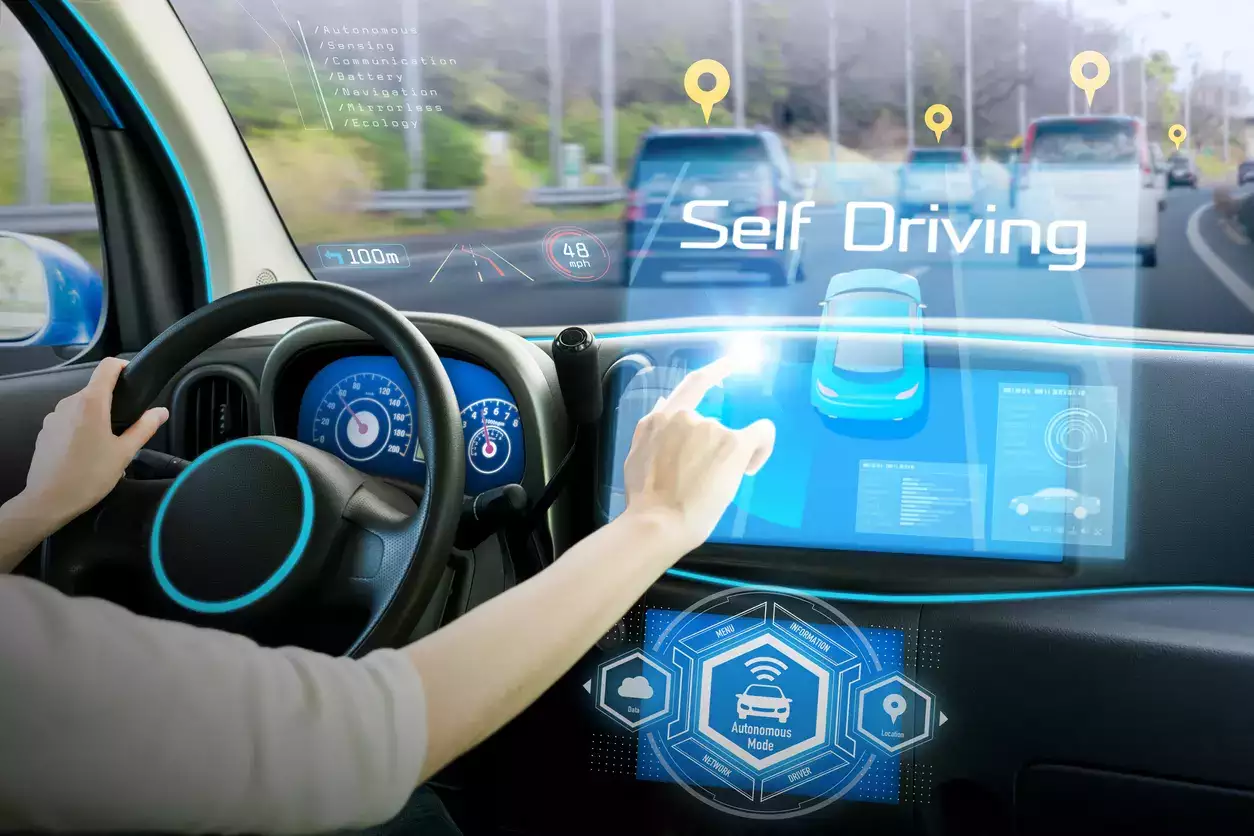

Deepak NG, MD, Dassault Systèmes India, says, "Noone could have predicted that ADAS L2 would become a reality in the mass market 10-15 years ago, but here we are. Similarly, while some argue that fully autonomous technology isn't quite ready from a safety standpoint, there's still a lot to be done in terms of safety protocols, regulations, product design, and addressing local and geographic requirements. That said, the fully autonomous system is undeniably the future."
He adds that ADAS and AD will co-exist in the automotive industry, each advancing in response to evolving consumer behaviour and regulatory demands, supported by rigorous testing mechanisms. "You can't view the technology solely from a product perspective. The entire ecosystem needs to evolve, embracing technological advancements to drive the progress towards enhanced autonomy."
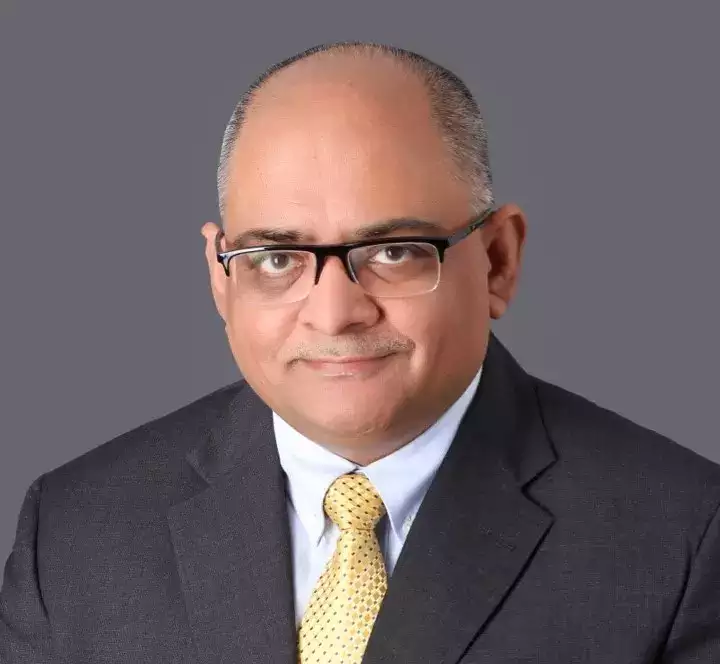
Shares Ravi G Bhatia, President and Director, JATO Dynamics, “The future of safety and autonomous vehicles is likely be driven by advancements in AI, sensor technologies, regulatory frameworks, and public acceptance.” He adds that AD can transform the automotive market by changing vehicle ownership models, reshaping urban planning, and altering transportation services.
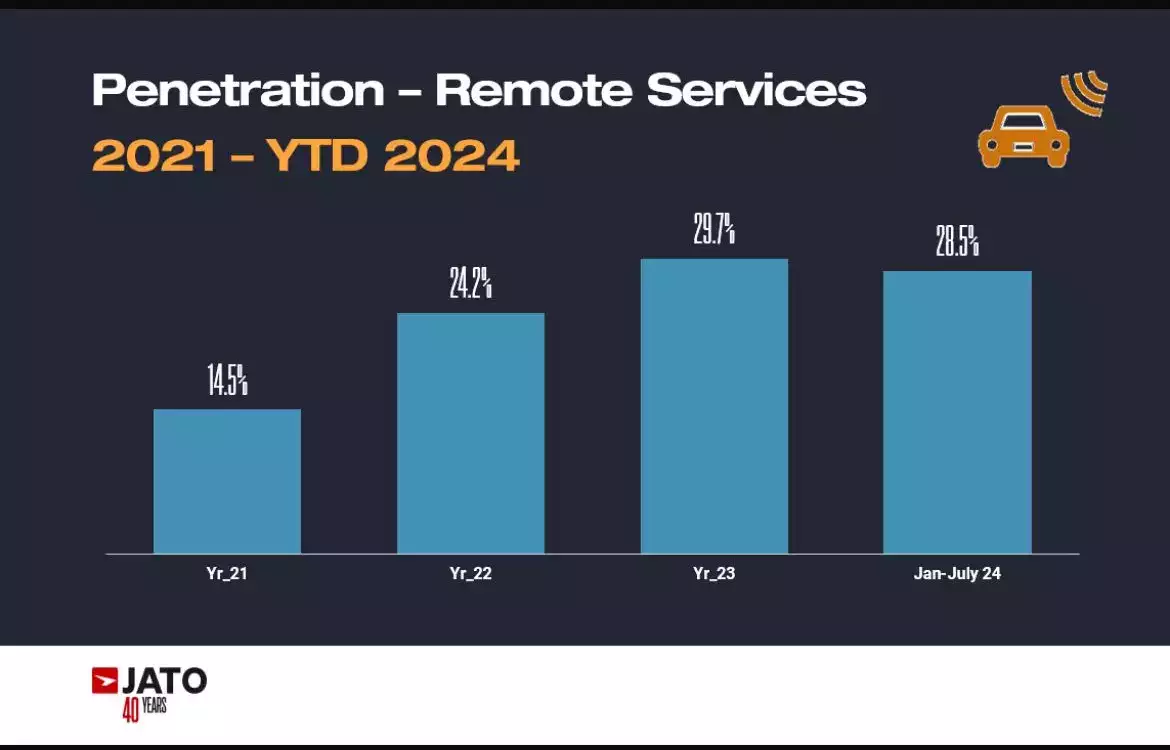

“Take MayMobility as an example. Here, autonomous vehicles are providing mobility services to remote locations in the US that cannot be cost-effectively covered via standard bus operations,” explains Dr. Wilfried Aulbur, Senior Partner, Roland Berger LLC.
Highlighting that autonomy not only improves safety, but also addresses driver shortages in various parts of the world, Aulbur shares that as a consequence to autonomy, “we will have logistics operations that are cheaper, more reliable and provide better asset utilisation.” Moreover, he adds on the US to see "first relevant commercial application of autonomous applications in CVs this year with Gatik, Aurora and Kodiak.
“China is working actively on autonomy as well, and on turning vehicles into ‘smartphones-on-wheels’. I do expect this market to continue to be relevant for autonomy going forward,” points Aulbur.
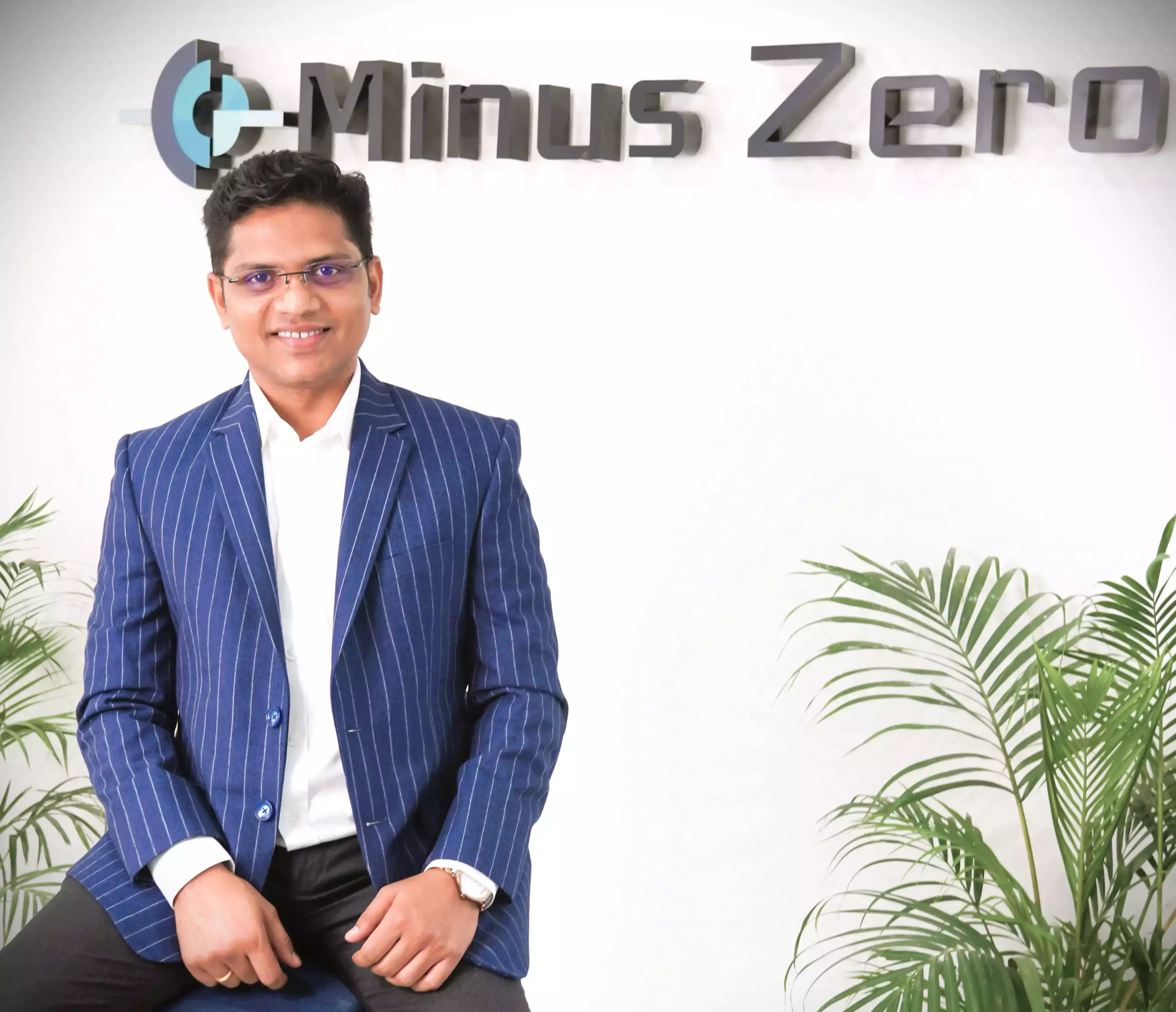
Suraj Ghosh, VP, Minus Zero, says, "We are among the few companies in India working in the early stages of autonomous solutions like L2+, L3, L3+, and L4. The technological landscape shifts significantly when we move beyond ADAS L2, requiring a collaborative effort across the industry and ecosystem—regulators, homologation and testing agencies, manufacturers, and the entire supply chain. While India is still evolving in these areas, we can take valuable lessons from markets like the US, Europe, Japan, and Korea."
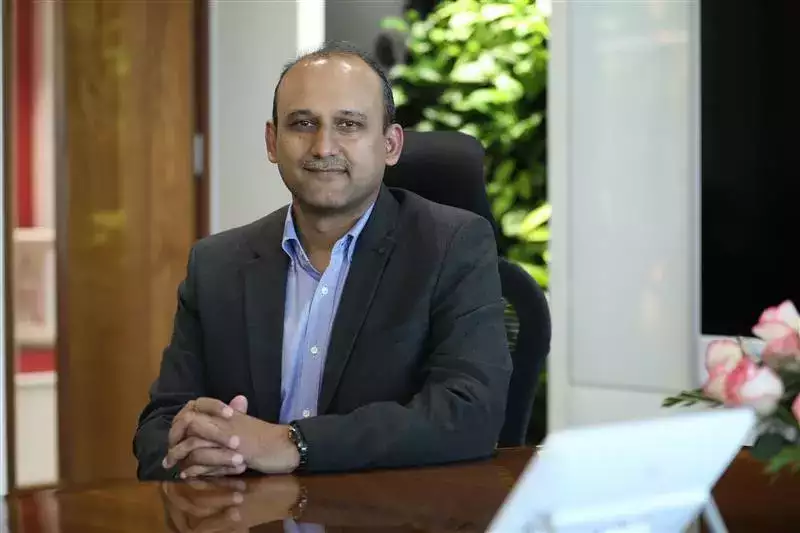
Citing that India is in the early stages of ADAS adoption (L1 and L2), Kavan Mukhtyar, Partner & Leader - Automotive, PwC India, says, “Indian auto industry will be banking big on ADAS L1 and L2 with it cascading down from luxury segment to premium sedans and sub compact SUVs. It looks promising with its impact on road safety and driver efficiency, and we will see industry focusing on localising the supply chain for the technology.” The technology is also expected to advance in CV segment along with scope for full autonomy.
Globally, “L3 and L4 AD vehicles are being tested, but widespread readiness is still in progress,” shares Bhatia. Examples include Tesla's Full Self-Driving (FSD) beta, Waymo's autonomous taxis, and GM's Cruise vehicles. Tesla's FSD has faced controversy due to safety concerns and debates over its capabilities. Highlighting on the changing landscape with these software-driven vehicles, Bhatia shares, “Marketing needs to be done by emphasising the balance between advanced technology and user trust- differentiating safety (the car's ability to prevent accidents) from cautiousness (the car's decision-making process in uncertain situations).”
Moreover, the experts point on EVs likely to bring better outputs at higher autonomy levels due to their inherent compatibility with advanced electronic systems and overall efficiency as against ICEs and other fuel driven vehicles.

“Even if fully autonomous vehicles were available to the public today, they’d be sharing the road with human driven vehicles for decades to come, so we need to continue to look at ways to improve the safety of vehicles, drivers, and roadways. That includes improvements to proven safety technologies like AEB (Automatic Emergency Braking),” shares Joe Young, Director of Media Relations at IIHS (Insurance Institute for Highway Safety).
Disclaimer: The copyright of this article belongs to the original author. Reposting this article is solely for the purpose of information dissemination and does not constitute any investment advice. If there is any infringement, please contact us immediately. We will make corrections or deletions as necessary. Thank you.





